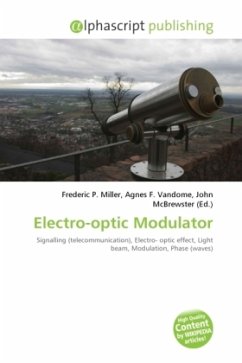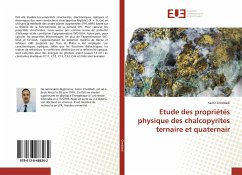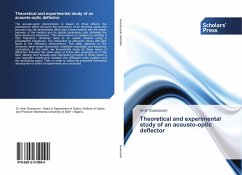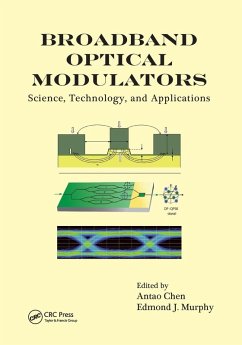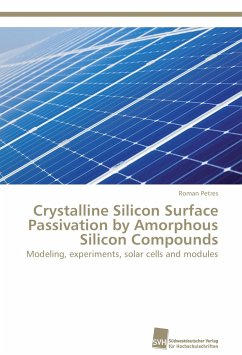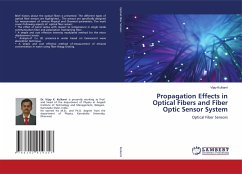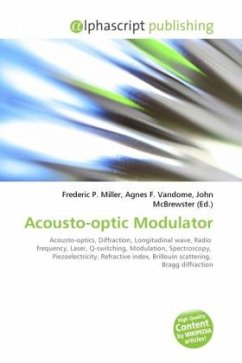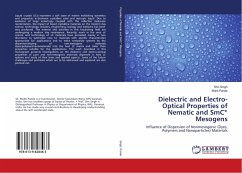
Crystalline Organic Electro-Optic Microring Filters and Modulators
The first active organic crystalline microresonator marks an important step towards the use of organic crystals in integrated photonic devices
Versandkostenfrei!
Versandfertig in 6-10 Tagen
69,90 €
inkl. MwSt.

PAYBACK Punkte
0 °P sammeln!
Organic materials have been proposed for electro-optic applications because of their high electro-optic coefficients and low dielectric constants resulting in a very small velocity mismatch between the optical wave and the modulation field. The lack of available structuring techniques for organic crystals has been the major drawback for exploring their potential for photonic structures. In this work a new waveguide structuring technique for organic crystals has been developed, where the material is grown from the melt in prestructured waveguide channels between two anodically bonded borosilica...
Organic materials have been proposed for electro-optic applications because of their high electro-optic coefficients and low dielectric constants resulting in a very small velocity mismatch between the optical wave and the modulation field. The lack of available structuring techniques for organic crystals has been the major drawback for exploring their potential for photonic structures. In this work a new waveguide structuring technique for organic crystals has been developed, where the material is grown from the melt in prestructured waveguide channels between two anodically bonded borosilicate glass wafers, which were correspondingly structured and equipped with electrodes prior to bonding. By this method single-crystal structure details with a size below 30 nm have been achieved and the growth of single-crystalline phase and Mach-Zehnder modulators has been successfully demonstrated. Since photolithographic processing is only applied to high-quality inorganic substrates, the accuracy and reproducibility of the process furthermore allowed for the realization of the first electro-optic single-crystalline microring resonators in an organic material.



